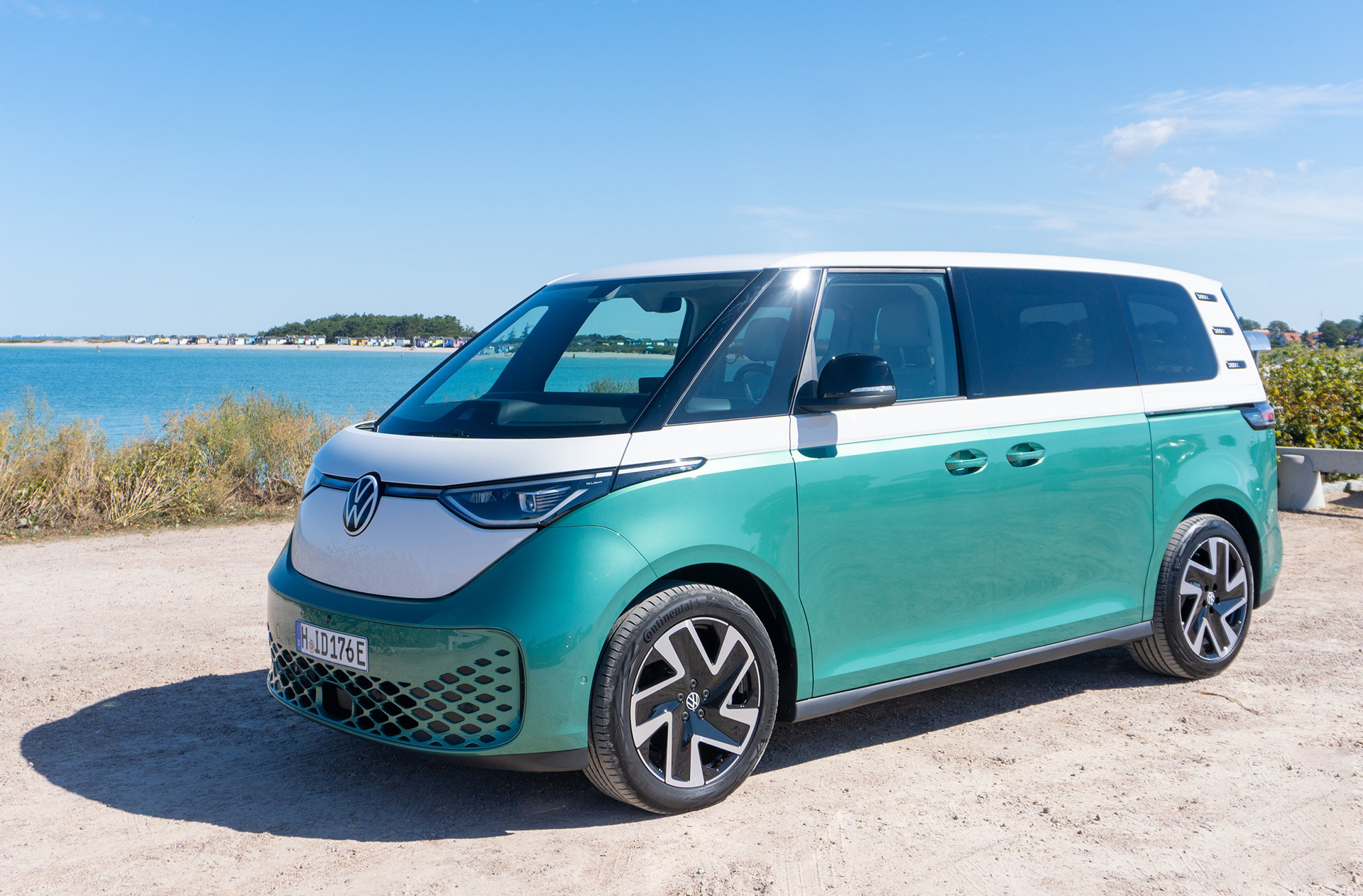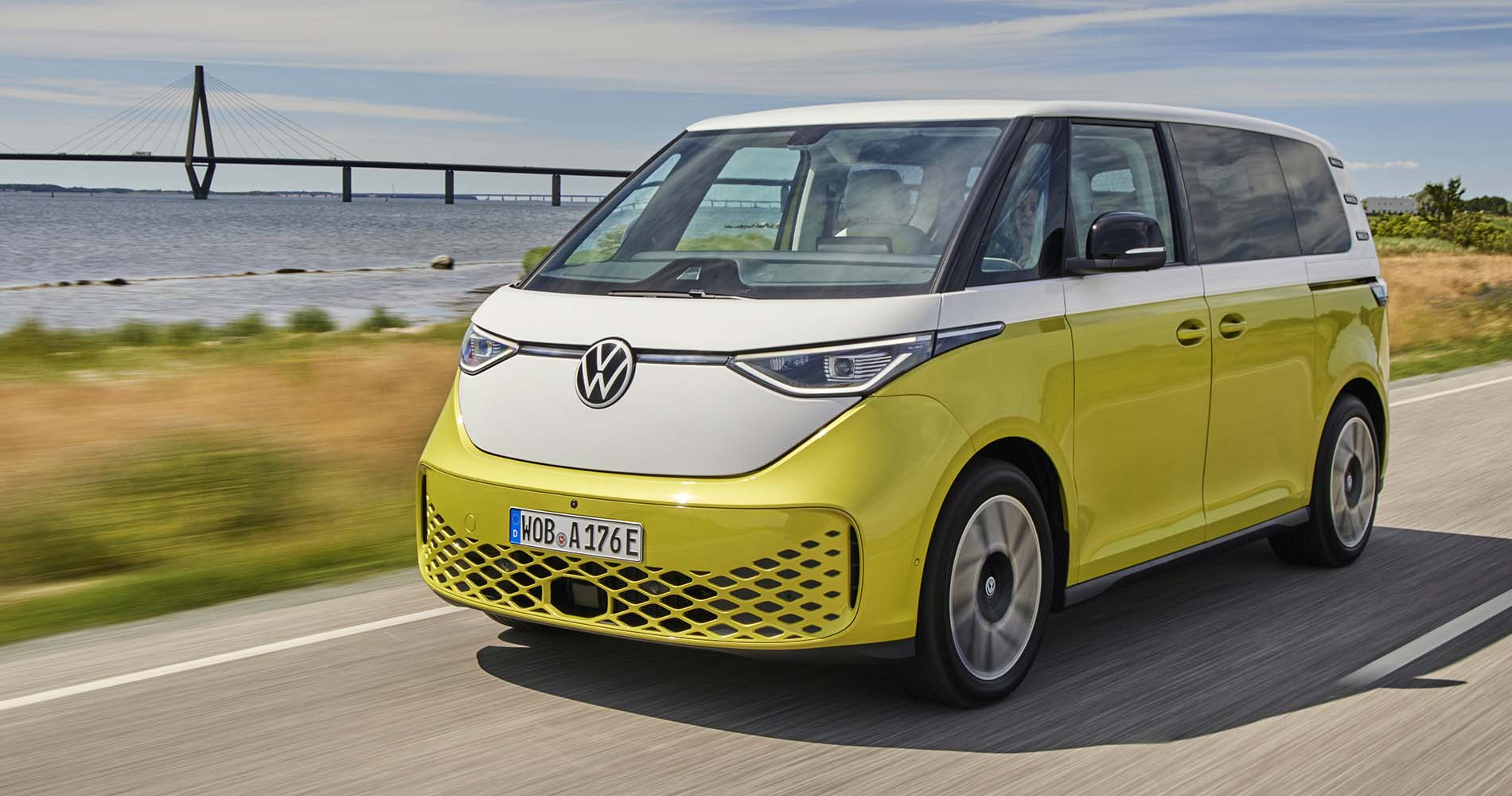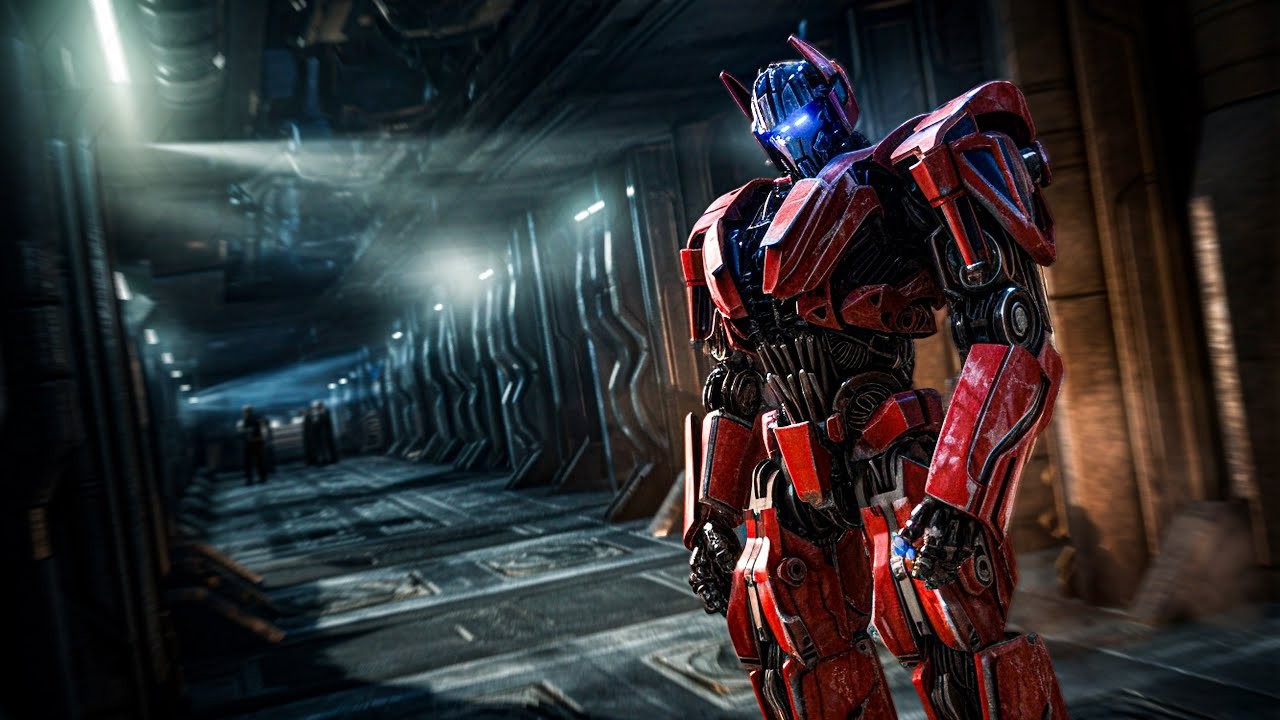Volkswagen's electric vehicle ambitions have run into market realities and this has already caused the North American launch of the ID.7 to be indefinitely delayed. The changes don’t stop there as the company is looking to offer hybrids and plug-in hybrids in the United States.
Speaking at the Automotive News Congress earlier this week, Volkswagen Group of America CEO Pablo Di Si said he’s been “fighting” for hybrids despite apparent reluctance from higher-ups in Germany. Their resistance appears to have waned as he told the publication, “We already approved some of these products” and there’s a timeline for hybrids to be introduced.
Unfortunately, there’s no word on when they’ll arrive or what models will offer hybrid powertrains. However, Di Si specifically mentioned the Tiguan plug-in hybrid and stated “We have the technology, we know how to do it and we’ll adjust the portfolio in the next couple years.” Of course, it’s important to note the European Tiguan isn’t the same as the North American version which will be unveiled at the Los Angeles Auto Show in November.
While Volkswagen is now eyeing hybrids in America, the company hasn’t given up on EVs. Quite the opposite as the ID. Buzz is slated to arrive at U.S. dealerships in November.
The Volkswagen ID. Buzz touches down in America next month, finally giving US buyers an EV they've been craving and clamoring for at a time when EV demand seems to be dwindling. For VW, it's vital, as the ID.7's American future is up in the air and VW's back is against the wall as far as its EV investments go. The US-spec ID. Buzz will be different from its European equivalents in a few ways, primarily in that we'll only be getting the long-wheelbase version.
However, getting one of the vans – which start at $59,995 – will be easier said than done. In a separate report, the publication quoted Volkswagen of America’s Executive Vice President of Sales and Marketing as saying dealers will only have one or two vans at launch.
That sounds like a disaster in the making as the limited supply could encourage dealers to slap on hefty markups. While that remains to be seen, allocations will eventually factor in ID.4 sales as well as the market a dealership is located in. This means you’ll likely find a lot of ID. Buzz vans headed to EV hot spots such as California.
We've spotted proof that Volkswagen is serious about bringing the ID.7 to American shores. But ahead of the local launch, we were given the opportunity to spend some time with a Buzz in the UK to give us an idea of what to expect. Without delving into all the nitty-gritty details that we'll look at when we've driven the American-spec EV, these are the things that most impressed us and those that need to be fixed.
Design and Practicality
The VW Bus is a design icon in much the same way the Beetle was, and Volkswagen has done a standup job of bringing the classic aesthetic into the modern era with something instantly identifiable that stands out in a sea of bland obscurity, especially among EVs. It instantly comes across as young and hip, despite the minivan being seen as a sign you might've given up on life, and in our week with the van, we received stares, smiles, gasps, and finger pointing from all age groups - it's instantly popular.
What makes this feat all the more impressive is that this sizable minivan is based on the same underpinnings as the ID.4 crossover, yet has been turned into something that's easily capable of developing a cult following based on looks alone.
The simplicity of the electrically operated sliding door, opened and closed via the keyfob, is a standout feature on the Buzz. While not as showstopping as dihedral or gullwing doors, and considered a fairly commonplace feature in the minivan segment, power-opening sliding doors still possess a certain wow factor. More than this, though, the practicality they afford is far and away the best bit about them.
They open much wider than a car with hinged rear doors can, especially since the US models will have 7.6-inch longer doors than the UK variants, and when you have to fit car seats or have kids climb in and out, their size is fantastic. Plus, kids opening doors in mall parking lots never results in a dinged door. Considering the SUV has become the family car of choice, we're surprised there aren't more SUVs with sliding doors; the fact that the ID. Buzz has them when no other family VW does is a major win.
You can almost get lost in the Buzz because it's so big; remind me again why minivans aren't more popular? From the captain's chairs up front through the plethora of storage spaces and cubbyholes including the removable 'Buzz Box' - a flexible, removable storage bin between the driver and front passenger - to the over 35 cubic feet of trunk space in our UK-spec tester (behind the second row of seats), you can sit in comfort with a family of five and take half your earthly possessions along for the ride.
The US-spec will benefit from the standard long wheelbase, which means we're in line for even more practicality, with a third row of seats and a longer wheelbase meaning more cargo volume when the third row is not in use.
2025 Volkswagen ID. Buzz Dimensions And Interior Specs
- Length: 195.4 inches
- Wheelbase: 127.5 inches
- Width: 87 inches (incl. mirrors)
- Height: 75.9 inches
- Seating Capacity: 7 seats
- Cargo Volume Behind 2nd Row: TBD
- Cargo Volume Behind 3rd Row: TBD
*Estimate figures based on European 3-row specification. US figures pending.
At 185.5 inches long and 87 inches wide, the ID. Buzz is a big car even in short-wheelbase form, but doesn't feel it from behind the wheel. The high seating position and massive windows provide great visibility and help with parking maneuvers and getting around town, and it rides nicely over bumps and substandard road surfaces. I mentioned above that it shares a platform with an electric crossover, and that's what helps the Buzz out big time. The MEB modular platform shared with the ID.4 provides car-like positioning, and with the skateboard chassis pushing the wheels to each corner and letting you sit right up front, visibility is perfect, helping make this a big van that's easy to pilot. Dare I say, it's easier to drive than a similarly-sized VW Atlas.
Driving Experience
While it doesn't provide the smiles per mile of a supercar, there is a definite feel-good factor to the ID. Buzz that comes from driving something so unique. The driving experience itself is average, but it puts a smile on other road users' and pedestrians' faces and children adore being chauffeured around in it, which makes each drive an adventure. The old VW Bus had a nostalgia factor about it that has endeared it to millions upon millions of drivers all over the world, and this already does something similar.
Range and Efficiency
For what is clearly a road-tripping vehicle, the circa-250-mile range doesn't quite cut it, especially considering the price of entry. That's the range estimate in Europe, but in the US, despite the three-row ID. Buzz having a larger 91 kWh (versus 82 kWh) battery, it manages only 234 miles on the EPA test cycle if you get the single-motor RWD variant. The AWD model achieves 231 miles, but we can't help but feel a roadtrip-oriented vehicle needs to err closer to 300 miles on a charge.
Price and Value
We'll get to US pricing in a moment, but in the UK, the ID. Buzz is simply too expensive at a touch under £60,000. At current exchange rates, that's nearly $80,000, and at that price, the middling range, mid-level fit and finish, and basic infotainment don't cut it. In the UK, at least, it's hard to recommend the Buzz to a family with good conscience. Fortunately for American buyers, pricing is vastly more amicable, starting at just under $60,000 stateside.
ID. Buzz Trim
- Pro S: $59,995
- Pros S Plus: $63,495
- 1st Edition (launch only): $65,495
However, things could be better if the ID. Buzz was produced locally; instead, it's imported to the USA, meaning it's ineligible for the $7,500 federal tax credit. Volkswagen hasn't made life easy for itself here, as the three-row EV segment is heating up quickly. It might not be a minivan, but the Kia EV9 three-row SUV is going to provide stiff competition for the ID. Buzz; the South Korean SUV's price starts at a far more amicable $54,900 for the base Light trim, and even the long range version of the same trim only costs $59,200 while providing 304 miles of EPA-certified range. And it's going to get cheaper still, as once US battery production starts and the EV9 becomes eligible for $7,500 in federal tax credits, the ID. Buzz will be trading on looks and sentiment alone.
Final Thoughts
The Volkswagen ID. Buzz is a cool-looking and practical EV that's sure to turn heads. However, its limited range and high price tag might make it a tough sell for some buyers, especially considering the competition in the three-row EV segment. It'll be interesting to see how it fares in the US market when it goes on sale this November.


















